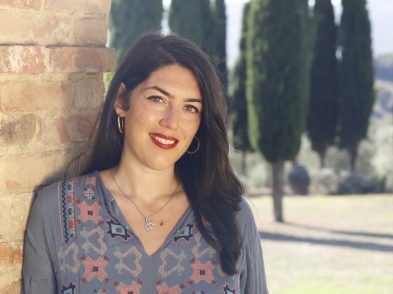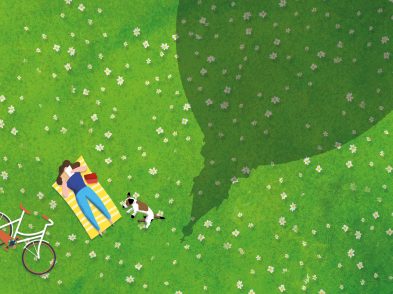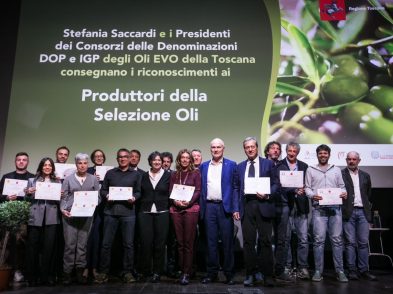Whenever one of Italy’s oldest bars is resurrected, it’s a cause for celebration. That’s certainly the case for Giacosa, which has now reopened in a glorious new guise across the street under the management of Gruppo Valenza (owners of Caffè Gilli, Paszkowski and Move On).
History of Caffè Giacosa
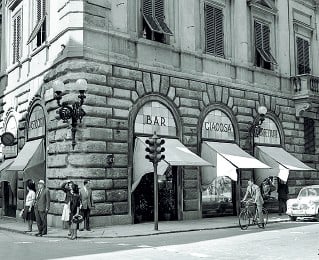
The history of Caffè Giacosa dates to the 1800s, when via de’ Tornabuoni and the adjacent streets drew in Grand Tour travellers. Well-heeled wayfarers made their way to Florence for its beauty and history as well as for the city’s exceptional cultural centres to meet interesting and eclectic characters. The Giacosa brothers started their business in the midst of all this in 1860.
Situated between the Circolo dell’Unione gentlemen’s club and the Londres et Suisse Hotel, Giacosa quickly became a gathering place for dandies. One of these was Count Cammillo Luigi Manfredo Maria Negroni, whose tipple followed the trend of the time: the Americano, made from sweet red vermouth, Campari bitters and a splash of seltzer water. One day in 1919, the count cheekily asked young bartender Fosco Scarselli to “reduce the seltzer and add some gin, without anyone seeing”. The Negroni was born at what was then known as Caffè Casoni on the corner of via de’ Tornabuoni and via della Spada. The former Caffè Giacosa closed its doors in 2017, when fashion designer Roberto Cavalli decided to shutter both his showroom and the bar, which he had moved around the corner in via della Spada in the early Noughties.
The new Giacosa
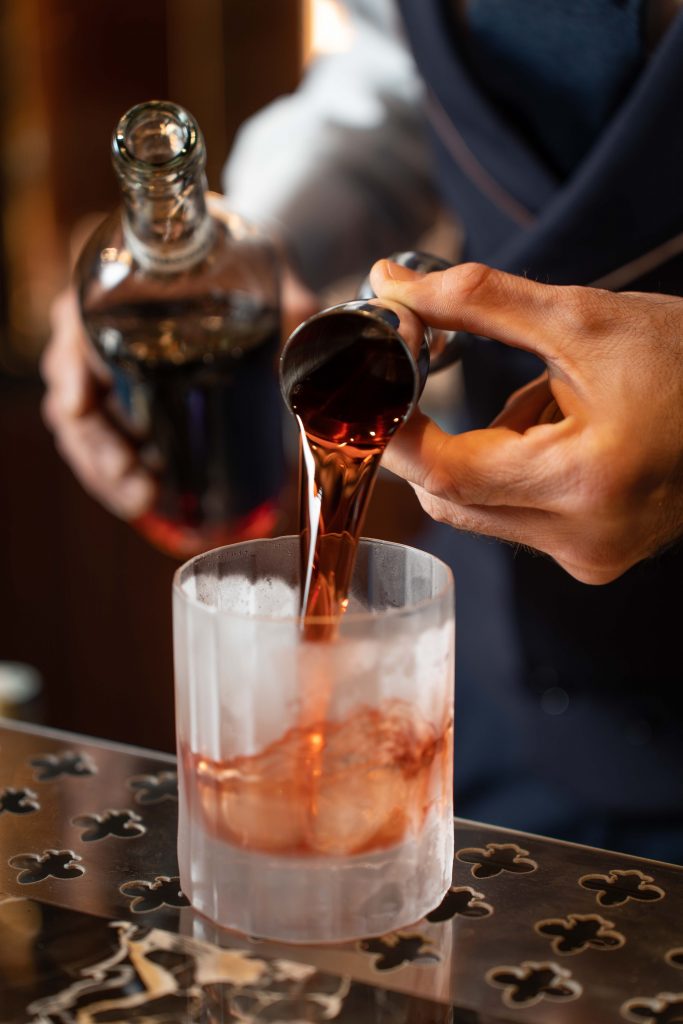

Today’s Giacosa succeeds in conjuring up the same essence of its former counterpart. Across the street at via della Spada 15R, the just-opened locale exudes curb appeal and bygone allure. Expensive-looking parquet flooring and arched ceilings dotted with pietra serena features greet curious clients, mostly Italian, keen to welcome Giacosa back into the Florentine fold. Classic wooden panelling, gold- and green-veined circular console tables, and plush patterned banquettes are a flawless exercise in reviving the broodingly historic image. Indeed, architects and interior designers Paolo Becagli and Alessandro Interlando worked from old photographs to reconstruct the understated elegance.
“Historic bars have the same purpose as monuments,” explained Marco Valenza, CEO of Gruppo Valenza, in a press release. “What would Venice be without Florian? Or Padua without Pedrocchi and Rome without Caffè Greco? Walking into an old bar lets you breathe in the way in which it belongs to the city, as long as it is managed carefully. Managing a historic bar is a profession that requires sensibility because it not only means preserving, but also modernizing out of respect for its history and authenticity.”

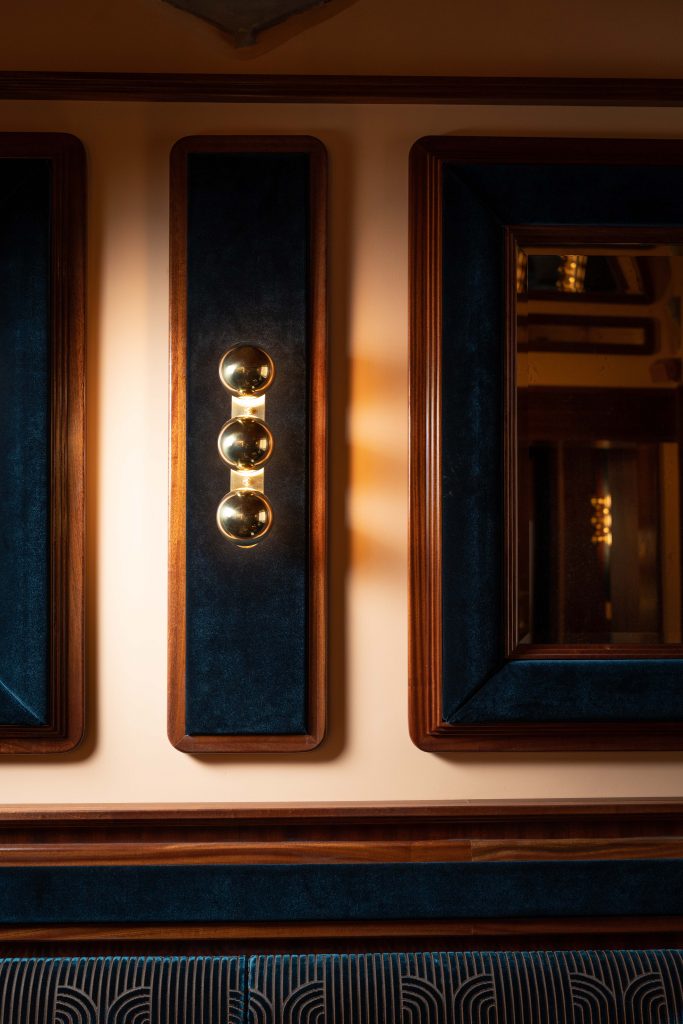
Helmed by Luca Manni, bar supervisor of Gruppo Valenza, the service is impeccable. Clad in stylish waistcoats, the polite and professional barmen take their time to stop for conversation and to explain the drinks list, which rightly focuses on the Italian aperitif, given Giacosa’s unique past. Not only do they craft cocktails at lightning-fast speed, but we see the process underway (sieving, shaking and blending) at the winsome backlit bar stocked with all takes on vermouth and other stalwarts of Italian and international mixology. Based on the barman’s advice, I order the Giacosa Negroni, a concoction of Porter’s Classic Gin, Mancino Vermouth and Campani. Aglow in a tumbler around an oversized ice cube stamped with a stylized letter “G”, the orange essential oils add a summer lightness to the viscosity of this perfect drink as the vermouth kicks its way through the throat. For 15 euro and given the intensity of the Negroni, a mignon panino would have been welcome, since the trio of rice puffs, cereal crackers and marinated olives scarcely impact in offsetting the alcohol.
On sipping the glinting drink, I store away my phone and subconsciously react to the Belle Époque ambience. Out of my bag comes reading matter; the urge is to be analogue. A place for grown-ups, Giacosa 2.0 displays Florence at its finest and holds the secret to the city’s future. Maybe we need to look back to move forward.


